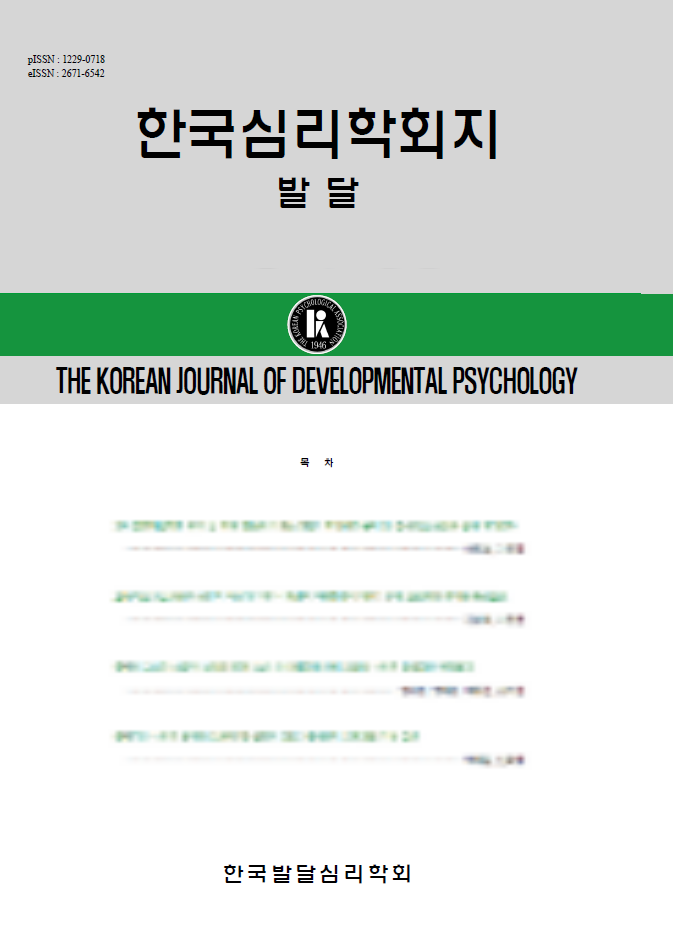open access
메뉴
open access
메뉴 ISSN : 1229-0718
ISSN : 1229-0718
Quine (1960)은 언어습득의 초기 단계에서는 고체 대상물과 비고체 물질에 대한 존재론적 개념이 형성되지 않기에 가장 현저한 지각적 경험에 근거하여 단어의미 추론이 일어난다고 주장하였다. 아동은 존재론적 개념의 구별에 상응하는 통사적 지식을 습득하고 나서야 이러한 개념을 갖게 된다는 것이다. 이에 반해 Soja, Carey, 및 Spelke (1991)은 이러한 존재론적 개념이 선험적으로 존재하며 언어 습득 초기 단계부터 이러한 개념이 새로운 단어 의미 추론을 이끈다고 제안하며, 이를 지지하는 경험적 증거를 제시하였다. 본 논문에서는 가산/물질 명사에 대한 통사적 구별이 없는 한국어의 단어의미 추론을 통해 이러한 논쟁에 접근하고자 한다. 또한 명사와 형용사의 통사적 형태의 차이가 단어의미 추론에 어떠한 영향을 미치는가를 살펴보았다. 한국 아동들은 Soja 등 (1991)의 결과에서보다 형태와 같은 지각적 특성에 근거한 반응을 좀 더 많이 보였다. 하지만 형태 반응이 비고체 물질 시행보다 고체 대상물 시행에서 좀 더 우세하게 나타났다는 것은 한국 아동들이 존재론적 범주에 대한 구별된 개념을 전혀 고려하지 않는 것은 아닌 듯하였다. 본 연구에서는 이러한 결과를 존재론적 범주에 대한 개념과 언어 특수성의 상호작용의 결과로 해석하였다. 또한 통사적 형태에 따라 단어 의미 추론 양식 이 달라졌는데, 형태 편중성은 가산명사에만 적용되는 어휘적 특수성을 보였다.
This study attempts to explore two issues regarding the acquisition of word meaning. One concerns the role of ontological category concepts (e.g., solid objects or non-solid substances) in the acquisition of nouns from the cross-linguistic point of view. The other concerns children's sensitivity to grammatical distinction between nouns and adjectives in extracting a novel word's meaning. The results, in general, show that 3-and 5-year-old Korean children reveal a strong shape bias m interpreting the novel nouns, even 'though there exist a slight difference between a solid object and a non-solid substance trial. These findings support the view that syntactic aspects and cognition may interact in the early stage of language learning. Furthermore, this shape bias is specific to nouns but not to adjectives, since it seems to be significantly diminished in children's interpretation of the adjectives
